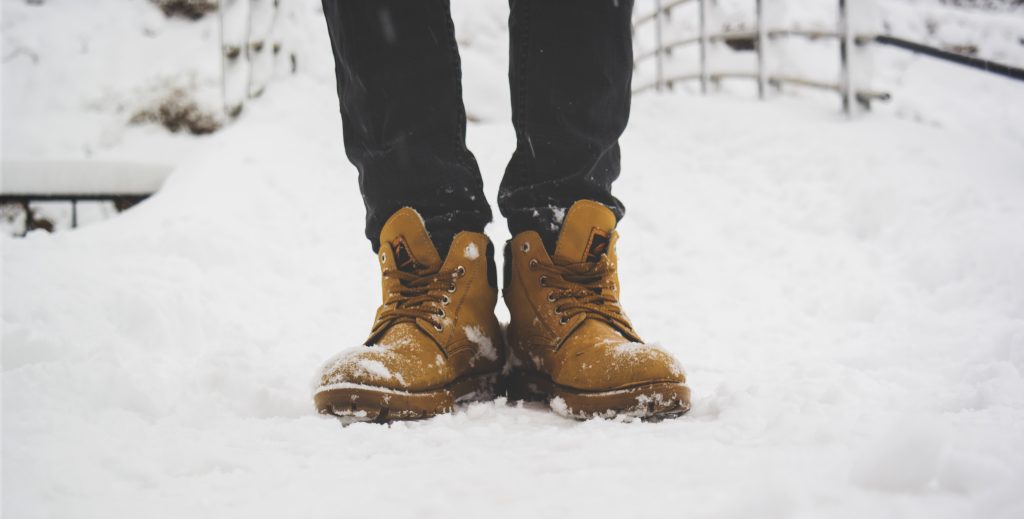Brrrrrr Will this Winter Ever End?!
Something we tend to see often in clinic over the winter months is chilblains – itchy, painful bumps that can occur with exposure to cold and damp conditions.
Although chilblains are especially common on the toes, they can also occur on heels, lower leg, thighs, back, fingers and even nose or ears.
What do chilblains look like?
Chilblains tend to be areas that become red, itchy, and swollen several hours after exposure to cold. In severe cases, blistering, pustules, or even ulceration can occur. In most cases, the chilblain will subside over 7-14 days, however they may last for longer, especially in the elderly.
Why do chilblains occur?
Perniosis is a vasospastic response to non-freezing cold, which is basically constriction of the little blood vessels close to the skin surface. When the small blood vessels in the extremities have been damaged by the cold, they allow blood leakage into the surrounding tissue from the damaged blood vessel, which results in pain, swelling and inflammation.
Chilblains are most likely to occur in women, children, and the elderly, and common risk factors include familial history, low body weight, or hormonal changes. They are also frequently seen in those with other disorders which may lead to reduced peripheral circulation, such as acrocyanosis, Raynaud’s, complex regional pain syndrome, diabetes, peripheral arterial disease, or lupus.
How can you treat chilblains?
There are currently very few treatment options for chilblains, so prevention is the best cure. Aiming to keep feet warm and dry by wearing thick socks with good moisture wicking properties is important, as is wearing shoes that will keep feet dry. Insoles which insulate your feet from the elements can also be an effective preventative measure.
Warming creams, such as the Gehwol Fusskraft Red range, which Resonance stocks in clinic, can assist in keeping feet warm and skin healthy and moisturised.
If your extremities do get cold then gently warm them up, rather than rapidly heating them, which can exacerbate symptoms.
If you have chilblains present, then keeping skin intact is very important to help prevent infection in the area. Try to avoid scratching, or irritating the areas by wearing tight clothing.
In chronic cases, cardiovascular medication which aims to improve circulation to the extremities may be appropriate, and this is something you can discuss with your GP.
 Article by Resonance Podiatrist Brownwyn Easterbrook-Smith
Article by Resonance Podiatrist Brownwyn Easterbrook-Smith
References:
The diagnosis and management of perniosis (chilblains). H F Jordaan. South African Family Practice Vol. 49 (6) 2007: pp. 28-29
https://www.ajol.info/index.php/safp/article/view/13377
Chilblains – Dermnet New Zealand.
https://www.dermnetnz.org/topics/chilblains/

